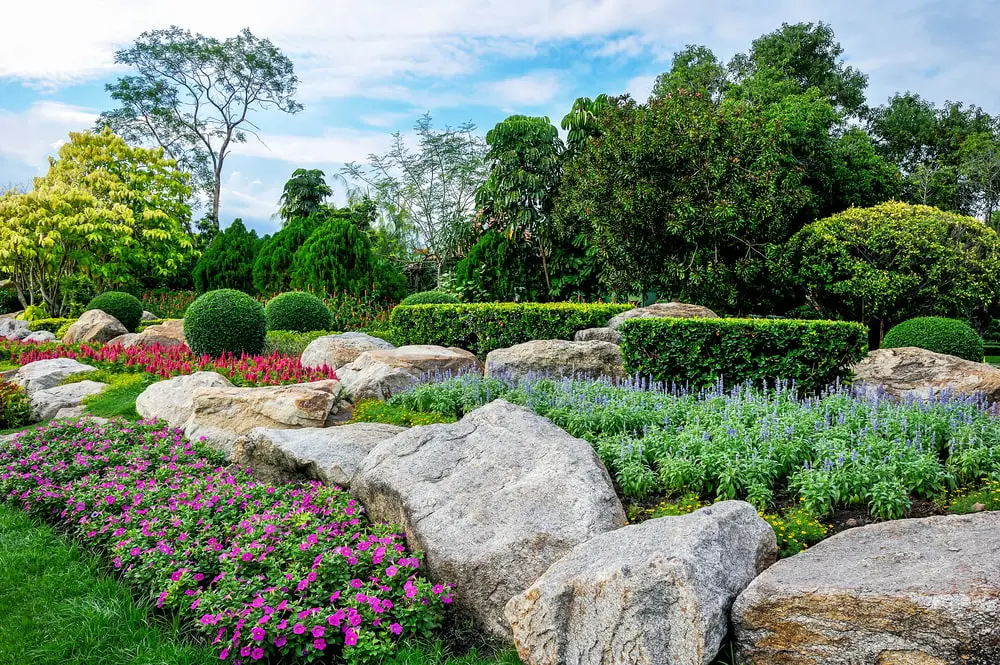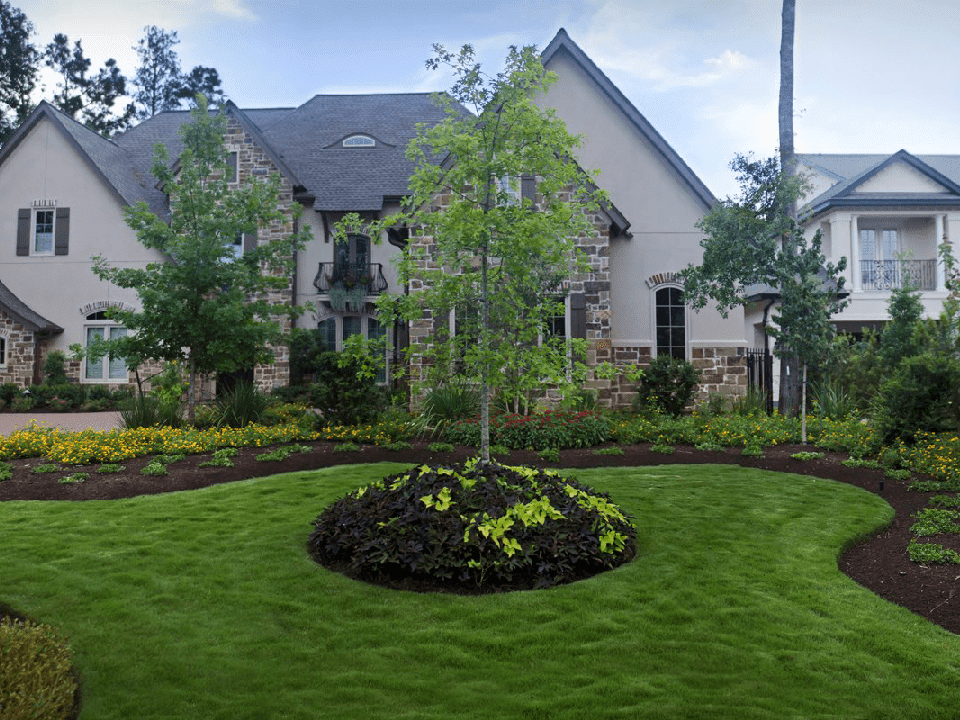Hilton Head Landscapes Fundamentals Explained
Hilton Head Landscapes Fundamentals Explained
Blog Article
An Unbiased View of Hilton Head Landscapes
Table of ContentsThe Main Principles Of Hilton Head Landscapes 8 Easy Facts About Hilton Head Landscapes ShownThe Greatest Guide To Hilton Head LandscapesThe 30-Second Trick For Hilton Head LandscapesHilton Head Landscapes Fundamentals ExplainedIndicators on Hilton Head Landscapes You Should KnowAn Unbiased View of Hilton Head Landscapes
Line produces all kinds and patterns and can be made use of in a selection of means in the landscape. Line in the landscape is created by the edge between 2 products, the overview or silhouette of a form, or a long direct attribute. Lines are a powerful tool for the developer since they can be utilized to create an infinite range of shapes and types, and they regulate activity of the eye and the body.

Lines can have several features, such as those explained below, but they generally serve various functions. Figure 1. Lines in the landscape - Landscapers near me. The homes of lines identify just how people react to the landscape, both emotionally and physically. Straight lines are architectural and powerful; they develop an official character, are generally related to a symmetrical design, and lead the eye directly to a prime focus.
Facts About Hilton Head Landscapes Uncovered
Rounded lines develop an informal, natural, unwinded character that is linked a lot more with nature and unbalanced equilibrium. Bent lines relocate the eye at a slower pace and add enigma to the space by producing concealed views.
Vertical lines in the landscape consist of tall, slim plant material, such as trees, or tall structures, such as an arbor or a bird home on a post. Horizontal lines move the eye along the ground plane and can make a room really feel bigger. Low lines are much more controlled and create a sensation of remainder or repose.
The Ultimate Guide To Hilton Head Landscapes
Lines are also developed by the upright types of built attributes and plant product. There are 3 key line types that produce form in the landscape: bedlines, hardscape lines, and plant lines.
Bedlines link plant product to your house and hardscape since the eye adheres to the line, relocating the look with the landscape. Hardscape lines are developed by the side of the hardscape, which marks the developed structure. Line can likewise be produced by long and slim products, such as a fencing or wall.
Not known Details About Hilton Head Landscapes
Form is discovered in both hardscape and plants, and it is typically the dominant visual element that spatially organizes the landscape and frequently establishes the style of the yard. The form of frameworks, plant beds, and garden accessories also establishes the general kind style of the garden. Official, geometric kinds consist of circles, squares, and polygons.
Plants create type in the garden via their outlines or silhouettes, but kind can likewise be defined by a gap or negative room in between plants - Landscapers near me (https://dc-washington.cataloxy.us/firms/www.hiltonheadlandscapes.com.htm#google_vignette). Circles can be cycles, or they can be split right into half circles or circle sectors and combined with lines to create arcs and tangents
How Hilton Head Landscapes can Save You Time, Stress, and Money.
Circles are a strong layout type due to the fact that the eye is constantly attracted to the center, which can be made use of to highlight a focal factor or attach other forms. site web Round kinds in hardscape and yard panels.
The square kind can additionally be segmented and pre-owned continuously to develop a grid pattern. Unlike circles, squares are more powerful on the edges, which can be lined up or overlapped to produce one-of-a-kind patterns and even more complex forms. Polygons are many-sided forms with straight sides. Triangles, for example, are three-sided polygons.
Meandering lines typically resemble the natural course of rivers or streams and can be referred to as smooth lines with deeply rounded undulations. Twisting lines (Number 3) function well for pathways, plant bedlines, and completely dry stream beds. Twisting lines can include interest and enigma to a yard by leading viewers around corners to uncover brand-new sights and areas.
Some Ideas on Hilton Head Landscapes You Should Know

Figure 5. Fragmented edges: stepping stones in path. Type is the most long-lasting high quality of a plant (landscapers in bluffton sc). https://triberr.com/h1tnhdlndscps. Typical plant forms are well developed and standard, as type is one of the most regular and well-known characteristic of plants. Kind can likewise be created with the massing of plants, where the overall mass produces a different form than a private plant.
A very contrasting type must be made use of with careone or 2 work well as a centerpiece, but way too many produce chaos. Natural plant types, as opposed to over-trimmed forms, must develop the mass of the composition. The relevance of general form is a lot more or much less reliant on the seeing perspectivethe form of a tree can appear fairly various to an individual standing under the cover versus checking out the tree from a range in an open field.
The Of Hilton Head Landscapes
Plant forms additionally develop and define the space or open spaces between the plants, developing either convex or concave kinds in deep spaces. High-arching tree branches generally develop a concave open room under the branches, and a rounded canopy with reduced branches fills up the room to create a convex kind in the open space under the tree.
Report this page